I'm working on a power stage (LED driver) that could manage 4 different LEDs color string. Each string is composed by 6 LEDs in serie. See the image to have a better idea:
The schematic is composed by different components, and I can not consider to make 4 different circuit for each color.
To drive these strings I need at least 20.4 V in output and a maximum current of 30 mA.
Do you know a demultiplexer that has this specification?
- Vcc>21V
- Iout_max >= 30mA
Otherwise, is there another idea to manage 4 different color with only 1 driver?
Thank you very Much
Edit:
Thanks Everybody for the feedback.
Here you will find the schematic of the output:
The flag Out+ indicates the output of the driver (the source of a P-mosfet). Below you will find the forward voltage of a single LED when the current is 20mA:
- Red: 2.1 V
- Green: 3.1 V
- Blue: 3.1 V
- White: 3.15 V
The LEDs are connected by common cathod.
The goal is to add a component between Out+ and the colors, in order to select which string has to be ON. Please, note that only one string at a time remain ON.
Cheers
Edit V2:
I found this high speed analogic switch: DG411 Datasheet: https://www.mouser.ch/datasheet/2/427/dg411hs-1815624.pdf
Could this be a elegant solution?



